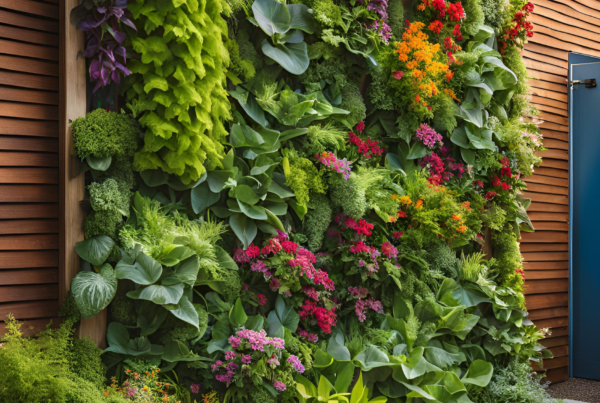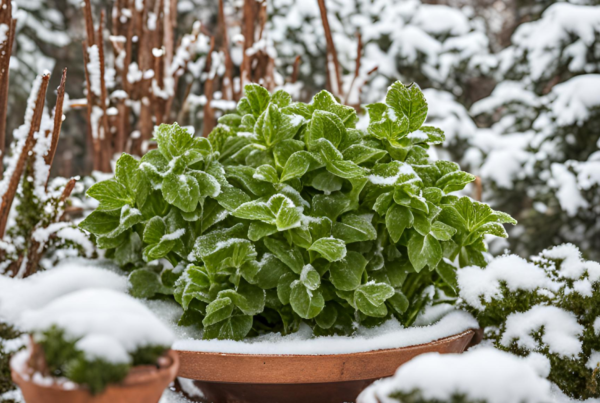Pollinators, such as bees, butterflies, and hummingbirds, play a crucial role in our ecosystem by helping plants reproduce. Unfortunately, their populations have been declining due to habitat loss and pesticide use. As gardeners, we can make a positive impact by creating welcoming spaces that attract and support these vital creatures. In this blog post, we’ll explore how to transform your garden into a pollinator haven.
Benefits of Attracting Pollinators:
- Improved Plant Reproduction: Pollinators help fertilize plants, leading to better fruit and seed production.
- Increased Biodiversity: A diverse garden attracts a wider range of beneficial insects and wildlife.
- Natural Pest Control: Many pollinators also prey on common garden pests, reducing the need for chemical pesticides.
- Enhanced Beauty: The presence of butterflies, bees, and hummingbirds adds life and vibrancy to your garden.
Creating a Pollinator-Friendly Garden:
- Plant a Variety of Flowers: Choose plants with different bloom times to provide a continuous source of nectar and pollen throughout the growing season.
- Native Plants: Native plants are adapted to local pollinators and provide essential food and shelter.
- Flower Shapes and Colors: Different pollinators are attracted to different flower shapes and colors. Include a variety to cater to diverse preferences.
- Water Source: Provide a shallow water source, such as a birdbath or a dish with pebbles, for pollinators to drink from.
- Shelter: Create areas of shelter, such as brush piles or native grasses, where pollinators can rest and take refuge.
- Avoid Pesticides: Minimize or eliminate the use of pesticides, which can harm pollinators.
Plant Recommendations:
- Bees: Lavender, sunflowers, coneflowers, bee balm, salvia.
- Butterflies: Milkweed, butterfly bush, asters, zinnias, lantana.
- Hummingbirds: Trumpet vine, salvia, bee balm, cardinal flower, penstemon.
Additional Tips:
- Leave some areas « wild »: Allow a portion of your garden to grow naturally to provide habitat for pollinators.
- Create a « bee hotel »: Provide nesting sites for solitary bees by drilling holes in a block of wood or bundling hollow stems together.
- Plant in clusters: Pollinators are more attracted to large patches of flowers than single plants.
- Observe and Learn: Pay attention to which plants attract the most pollinators and adjust your plantings accordingly.
Conclusion:
By incorporating pollinator-friendly practices into your gardening routine, you can create a beautiful and thriving ecosystem that benefits both your plants and the environment. Not only will you enjoy the beauty of a diverse garden, but you’ll also contribute to the conservation of these essential creatures. Remember, every little effort counts when it comes to supporting pollinators!
Remember: Even a small balcony or window box can become a haven for pollinators. Start with a few plants and watch your garden come alive with the buzz of bees and the flutter of butterfly wings.










